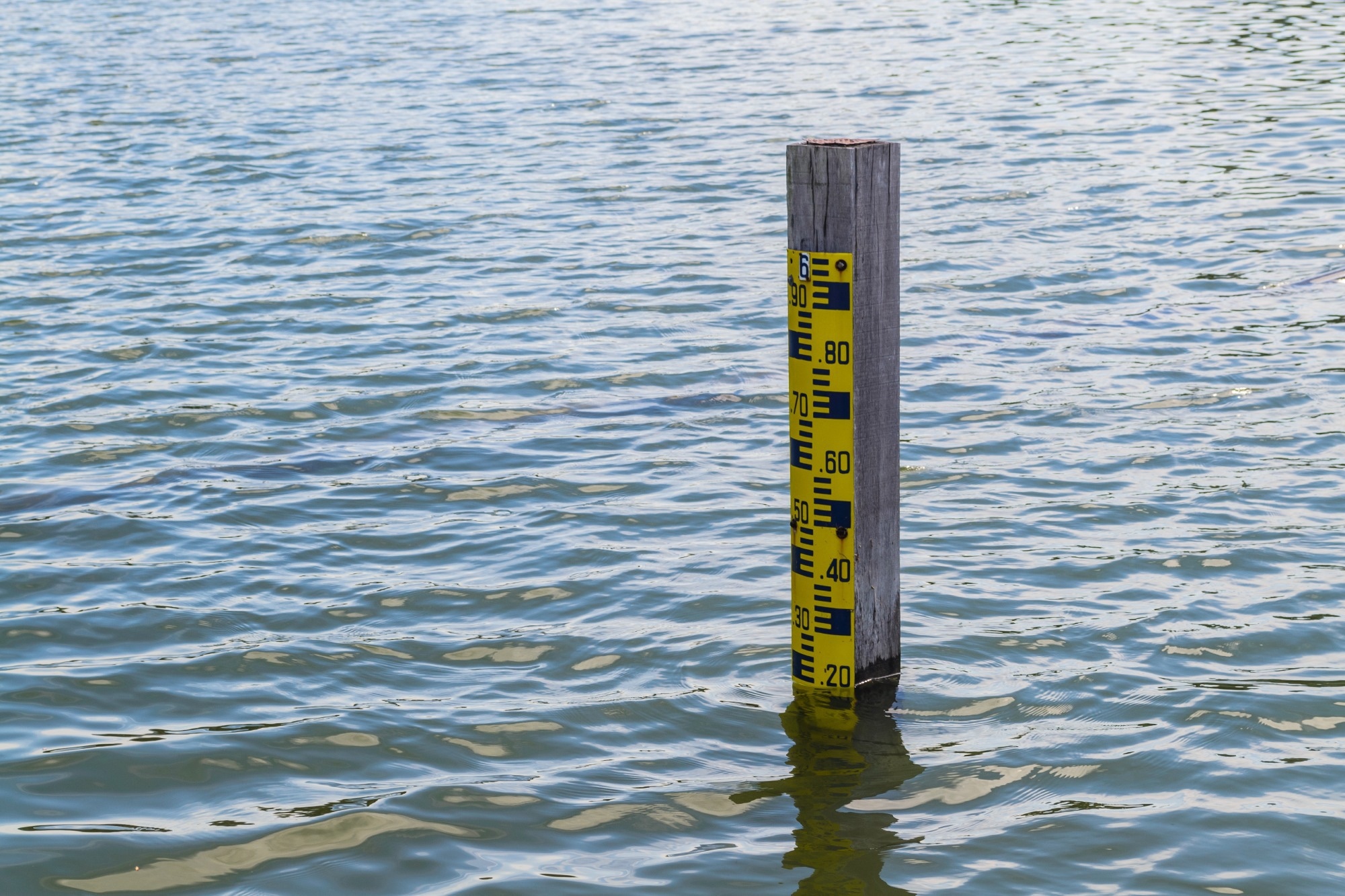In an article published in the journal Limnological Review, researchers focused on predicting water levels (WL) in Lakes St. Clair and Ontario from 1981 to 2021 using an artificial neural network (ANN), deep learning (DL), and an autoregressive integrated moving average (ARIMA) model. The authors found that DL models provided the most accurate predictions, significantly reducing error rates compared to ANN and ARIMA models, thereby enhancing water resource management and forecasting accuracy.
 Study: Deep Learning Predicts Lake Water Levels with Precision. Image Credit: surasaki/Shutterstock.com
Study: Deep Learning Predicts Lake Water Levels with Precision. Image Credit: surasaki/Shutterstock.com
Background
Lakes are critical water resources whose ecosystems are significantly affected by fluctuations in WLs. Balancing these levels is vital for biodiversity, stable water supply, flood control, and effective basin management. Traditional WL measurements are costly and time-consuming, leading to the use of statistical and intelligent models based on historical data for prediction.
Nonlinear numerical models, including machine learning (ML) and multiple linear regression, have been employed for their ability to handle environmental changes. However, these methods often require extensive input data and make rigid assumptions, limiting their efficiency.
Standalone ML models like ANNs, adaptive neuro-fuzzy inference systems (ANFIS), and DL have shown promise in WL simulation, but certain models still face challenges in processing complex datasets and adapting to new data.
This study addressed these gaps by employing a novel DL model to predict WL fluctuations in Lakes St. Clair and Ontario. By capturing dataset nuances and reducing prediction errors, this research offered a more accurate and dynamic forecasting approach.
Materials, Study Area, and Methodology
The researchers attempted to predict multistep WL changes in Lake St. Clair and Lake Ontario using advanced modeling techniques. Located between the United States(U S) and Canada, these lakes have experienced significant environmental changes, affecting their water levels. Historical WL data from 1918 to 2021 were used, with 80% for training and 20% for testing. The data were normalized for effective model training, and three methods were applied, namely, ANN, DL, and ARIMA.
ANNs, inspired by biological neural networks, were suitable for solving complex, real-world problems due to their ability to generate nonlinear mappings and adapt to shifting data patterns. The authors employed ANNs to model the relationship between input variables and WL outputs. DL models, characterized by multiple processing layers, were also used to capture intricate structures in large datasets. DL models offered advantages such as automatic feature learning, handling of both structured and unstructured data, and adaptability to large datasets, making them ideal for precise WL forecasting.
ARIMA models, known for their effectiveness in time series analysis, were also used to forecast WL changes. These models transformed non-stationary data into stationary data to eliminate trends and seasonality. The performance of the models was evaluated using the coefficient of correlation (r), root mean square error (RMSE), and mean absolute percentage error (MAPE).
DL models outperformed ANNs and ARIMA models in predicting WL fluctuations, providing more accurate and reliable forecasts with minimal error. This research contributed to improved WL prediction and management, essential for maintaining the ecological balance and resource management of these lakes.
Analysis and Findings
By focusing solely on past values, the univariate approach offered simplicity and speed over multivariate models, and could yield higher accuracy, especially when potential predictors were unavailable. The average mutual information (AMI) method was employed to determine the appropriate time delays, with optimal values identified for both lakes.
For Lake St. Clair, the ARIMA model parameters and Lake Ontario were selected using a walk-forward validation approach. Performance of the models was assessed using statistical criteria such as MAPE, RMSE, and R. The authors found that DL models, particularly the DL-M4 for Lake St. Clair and DL-M3 for Lake Ontario, outperformed both ANN and ARIMA models. DL models exhibited higher R values and lower RMSE and MAPE values.
Visual analysis tools like Taylor diagrams and scatter plots confirmed the superior performance of DL models, showing smaller distances from observed values and more accurate predictions. Despite some tendencies towards overfitting, the DL models provided more reliable estimates of WLs compared to ANN and ARIMA models, particularly highlighted by the close match in violin plots of observed and predicted values.
Conclusion
In conclusion, the researchers evaluated the effectiveness of ANN, DL, and ARIMA models in predicting WL in Lakes St. Clair and Ontario from 1981 to 2021. The results demonstrated that DL models provided superior accuracy and reliability, especially in predicting extreme WL values, compared to ANN and ARIMA models.
DL's ability to reduce overfitting and handle complex datasets made it a valuable tool for hydrological forecasting. Future research should focus on enhancing standalone models and exploring multivariate approaches, incorporating additional variables like temperature and precipitation, to improve WL predictions and apply these models to other water bodies.
Journal reference:
- Al-Nuaami, W. A. H., Dawod, L. A., Kibria, B. M. G., & Ghorbani, S. (2024). Design and Implementation of a Deep Learning Model and Stochastic Model for the Forecasting of the Monthly Lake Water Level. Limnological Review, 24(3), 217–234. DOI: 10.3390/limnolrev24030013, https://www.mdpi.com/2300-7575/24/3/13